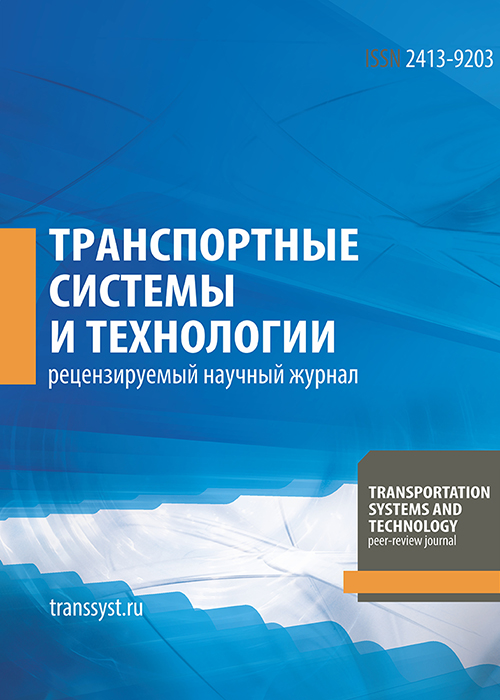Power traction and suspension system of maglev train
- Authors: Cao J.1, Li W.1, Wu Z.1, Yang S.2
-
Affiliations:
- School of Electrical Engineering, Beijing Jiaotong University
- Jiang Su Weiteli Motor Limited By Share Ltd
- Issue: Vol 3, No 2 (2017)
- Pages: 5-8
- Section: Original paper
- URL: https://journals.eco-vector.com/transsyst/article/view/7941
- DOI: https://doi.org/10.17816/transsyst2017325-8
- ID: 7941
Cite item
Full Text
Abstract
Power traction and suspension system of maglev train
Full Text
I. Introduction
Maglev train has the advantages of low energy consumption, low noise, strong climbing ability, high operation speed, large acceleration space and more comfortable than wheel rail train. And in China, the distance between cities is different from Japan and other countries. Under such conditions only the maglev train has the advantage of competing with the aircraft.
Since 2002, the world's first commercial maglev train line operators started running in Shanghai. By 2016, China's first commercial operation in low speed maglev demonstration line which has completely independent property rights - Changsha Maglev Express Start running.
II. Power Traction and Suspension Systems
2.1 Electro Magnetic Suspension
As shown in Fig. 1, the suspension principle and drive of long stator for EMS is based on the attractiveness of regular conductors magnet and ferromagnetic long stator rail. The electromagnet is dynamically adjusted by the air gap sensor and the acceleration sensor so that the air gap can be maintained at 8 mm and 12 mm in accordance with the operating speed to ensure safe life characteristics.
2.2. Electro Dynamic Suspension
As shown in Fig. 2, EDS is based on the principle of electromagnetism magnetic levitation. The superconducting magnet coils are laterally mounted at the end of each unit and at the transition, and induced eddy currents in the track coil. The train can suspension when increase to a certain speed. The height of the suspended air gap is between 100 mm and 150 mm, and the adjustment device can be omitted. Since the principle of magnetic flux leakage is large, we need to shield passengers.
Fig. 1. EMS
Fig. 2. EDS
III. Comparison of Two Electromagnetic Systems
EMS covers a large range of operation, in smaller traffic and lower speed can also be used economically. It's economic only the traffic volume is very large for Japan's EDS because of the high investment. Table 1 compares the differences between the two systems.
Table 1. Differences Between the Two Systems
| EMS | EDS |
Design
Princi ples | Adjustable electromagnet | Superconducting magnets |
The closed-loop control of support, guidance and drive are decoupled. | The coupling of support, guidance and drive requires additional stabilization measures. | |
The guide and support systems are arranged separately in the rails. | Side wall suspension. | |
Track | T | U |
vehicle | Outer riding on the rails | Buckle on the rails. |
EMER | The magnet can fall on the sled. | Designed by the aircraft standard wheel. |
Drive power supply | synchrotron long linear motor with a yoke; Supply voltage:0 kV~15 kV,1200A, 0 Hz~250 H | synchrotron long linear motor with no yoke; Supply voltage:0 kV~22 kV,1000A, 0 Hz~56 Hz |
About the authors
Junci Cao
School of Electrical Engineering, Beijing Jiaotong University
Author for correspondence.
Email: li.weili@yeah.net
China
Weili Li
School of Electrical Engineering, Beijing Jiaotong University
Email: li.weili@yeah.net
China
Zhigang Wu
School of Electrical Engineering, Beijing Jiaotong University
Email: li.weili@yeah.net
China
Shaoluia Yang
Jiang Su Weiteli Motor Limited By Share Ltd
Email: li.weili@yeah.net
China











